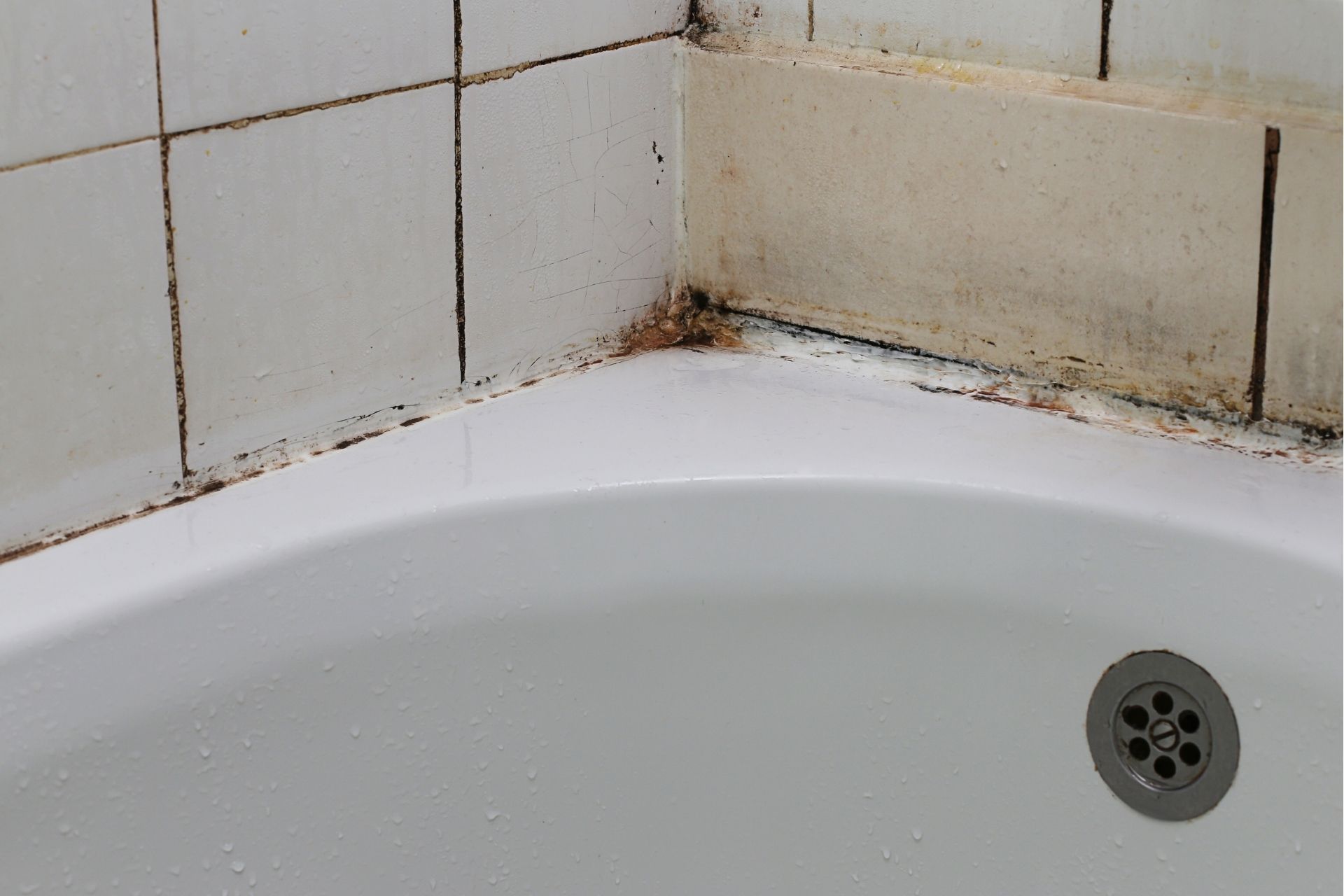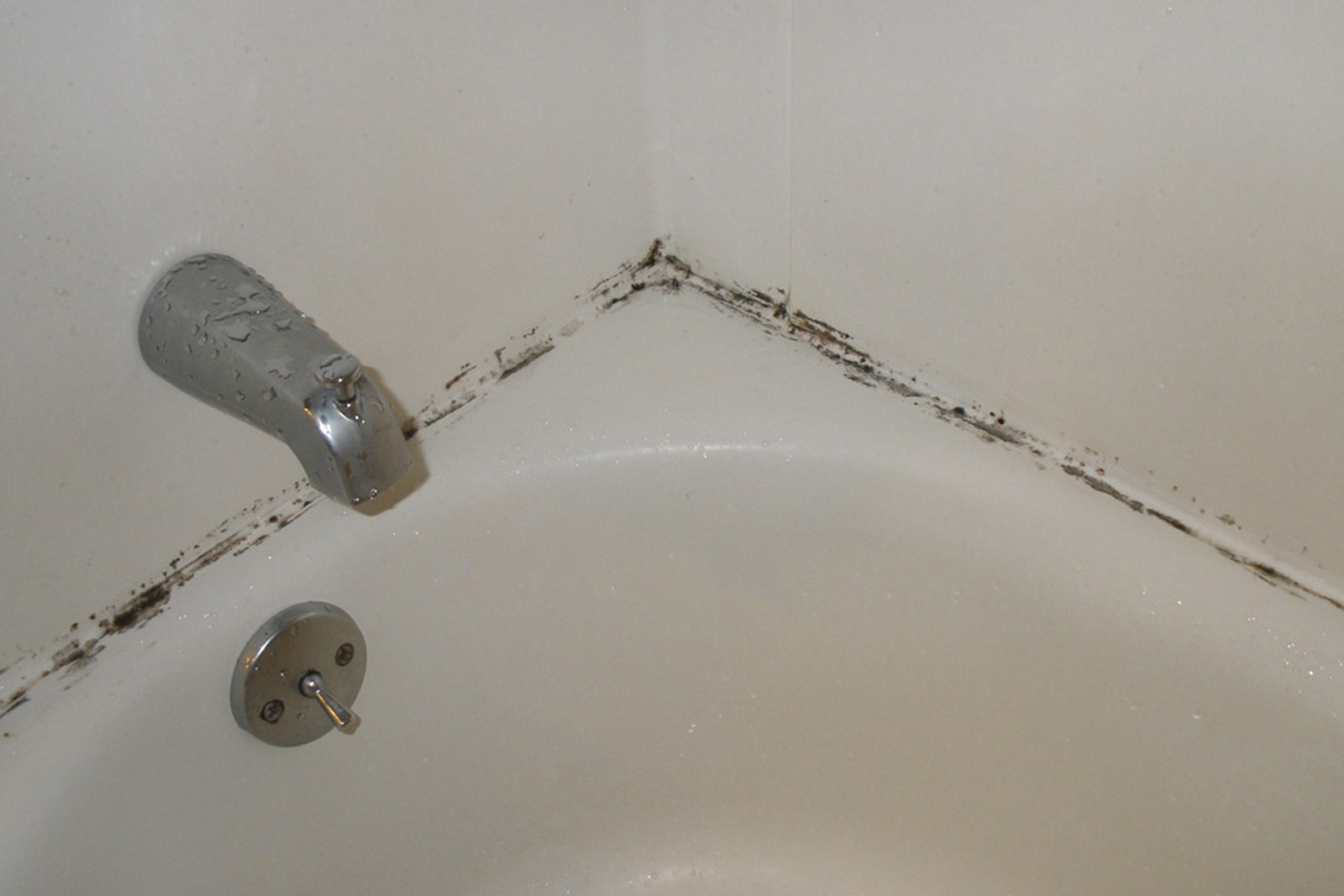Understanding Mold Growth in Bathrooms

Bathrooms are known for their humidity and moisture, which can create the perfect environment for mold growth. This article will delve into the conditions that promote mold growth in bathrooms, common types of mold found in these spaces, and the areas on a bathroom door where mold is most likely to develop.
Conditions for Mold Growth
Mold thrives in environments with high moisture levels, warm temperatures, and a source of organic matter. Bathrooms, with their frequent showers and baths, provide an ideal breeding ground for mold.
* Moisture: The most crucial factor for mold growth is moisture. Bathrooms are constantly exposed to water from showers, baths, and even condensation. This excess moisture provides the necessary water for mold spores to germinate and grow.
* Temperature: Mold spores thrive in warm temperatures, typically between 70°F and 90°F. Bathrooms, especially those with poor ventilation, often maintain temperatures within this range, making them susceptible to mold growth.
* Organic Matter: Mold requires organic matter to feed and grow. This can include anything from dead skin cells and hair to soap residue and toothpaste. The presence of these organic materials in bathrooms provides ample food sources for mold.
Types of Mold
Various types of mold can grow in bathrooms, each with its unique characteristics and potential health risks. Here are some common types of mold found in bathrooms:
* Aspergillus: Aspergillus is a common type of mold that can cause allergic reactions and respiratory problems. It is often found in damp areas like showers, tubs, and around leaky pipes.
* Cladosporium: Cladosporium is another common mold that can trigger allergies and asthma. It thrives in damp areas and can be found on walls, ceilings, and even in grout.
* Penicillium: Penicillium is a type of mold that produces penicillin, an antibiotic. However, it can also cause allergic reactions and respiratory problems. Penicillium is often found in damp areas, particularly on shower curtains and tiles.
* Stachybotrys: Stachybotrys, commonly known as “black mold,” is a toxic mold that can cause serious health problems, including respiratory issues, neurological problems, and even memory loss. It is often found in damp areas with high moisture levels, such as behind walls or under sinks.
Areas on a Bathroom Door Where Mold Grows
Mold can grow on various parts of a bathroom door, but some areas are more susceptible than others.
* Door Frame: The door frame is a common area for mold growth, especially if the frame is made of wood. The wood absorbs moisture from the air, creating a favorable environment for mold.
* Door Jamb: The door jamb, the vertical side of the door frame, is another area prone to mold growth. Moisture from showers and baths can seep into the jamb, creating a damp environment.
* Bottom of the Door: The bottom of the door, especially if it is in contact with the floor, is a prime location for mold growth. Water from showers and baths can accumulate at the bottom of the door, creating a wet environment.
* Door Handle: The door handle is a common area for mold growth because it is often touched with wet hands. The moisture from the hands can transfer to the handle, creating a damp environment for mold.
Causes of Mold on Bathroom Doors

Mold growth on bathroom doors is a common problem that can be unsightly and potentially harmful to your health. Understanding the causes of mold growth is crucial for preventing it and maintaining a healthy home environment.
Moisture from Showers and Baths
The most common cause of mold on bathroom doors is excessive moisture from showers and baths. When you shower or bathe, steam and water droplets are released into the air. This moisture can condense on cool surfaces, such as bathroom doors, creating a perfect environment for mold growth.
Poor Ventilation
Poor ventilation can exacerbate mold problems by allowing moisture to linger in the air. When there is inadequate ventilation, the air in the bathroom cannot circulate and dry out, which leads to an increase in humidity. This damp environment promotes mold growth.
Condensation
Condensation is a significant contributor to mold growth on bathroom doors. When warm, moist air comes into contact with a cold surface, such as a bathroom door, the moisture in the air condenses on the surface. This condensation provides a source of moisture for mold spores to grow.
Leaking Pipes or Plumbing Issues
Leaking pipes or plumbing issues can also contribute to mold growth on bathroom doors. Leaks can create a constant source of moisture, providing a favorable environment for mold to thrive. This can be particularly problematic if the leaks are not detected and addressed promptly.
Preventing and Removing Mold on Bathroom Doors

Mold growth on bathroom doors is a common problem, often caused by excessive moisture and lack of ventilation. Thankfully, there are effective ways to prevent and remove mold, ensuring a healthy and hygienic bathroom environment.
Preventing Mold Growth
Preventing mold growth is the most effective way to maintain a clean and mold-free bathroom.
- Proper Ventilation: Ensure adequate ventilation by using an exhaust fan during and after showers. Consider installing a timer to keep the fan running for a few minutes after you leave the bathroom. Open a window or door for natural ventilation if possible.
- Reduce Moisture: Wipe down bathroom surfaces, including the door, after each shower or bath. Use a squeegee to remove excess water from the shower walls and door.
- Minimize Humidity: Install a dehumidifier to control humidity levels in the bathroom, especially if it’s prone to moisture buildup.
Cleaning Mold from Bathroom Doors, Mold on bathroom door
Mold removal requires careful cleaning to eliminate the spores and prevent regrowth.
- Prepare the Area: Wear gloves and a mask to protect yourself from mold spores. Open windows for ventilation.
- Cleaning Solution: Mix a solution of bleach and water (1 part bleach to 10 parts water). Apply the solution to the affected areas using a soft-bristled brush or sponge.
- Scrub and Rinse: Scrub the mold thoroughly, paying attention to any cracks or crevices. Rinse the area well with clean water.
- Dry Thoroughly: Allow the door to dry completely. Use a fan or towel to speed up the drying process.
Mold-Resistant Paints and Coatings
Using mold-resistant paints or coatings can create a protective barrier against mold growth on bathroom doors.
- Benefits: These specialized products are designed to resist moisture and mold spores, making them ideal for bathroom environments.
- Application: Apply the paint or coating according to the manufacturer’s instructions. Ensure proper ventilation during application and drying.
Cleaning Products for Different Types of Mold
The effectiveness of cleaning products can vary depending on the type of mold. Here’s a table outlining the best products for different mold types:
| Mold Type | Cleaning Product |
|---|---|
| Black Mold (Stachybotrys chartarum) | Bleach solution (1 part bleach to 10 parts water) |
| White Mold (Aspergillus) | Borax solution (1/2 cup borax to 1 gallon of water) |
| Green Mold (Penicillium) | Vinegar solution (undiluted white vinegar) |
Mold on bathroom door – Mold growth on bathroom doors is a common problem, often exacerbated by poor ventilation and excessive moisture. One way to improve air circulation and reduce the potential for mold is to install a 24 inch bathroom door , which allows for a wider opening and facilitates faster drying.
This, in turn, can contribute to a healthier and more hygienic bathroom environment, minimizing the risk of mold development.
Mold growth on bathroom doors is a common issue, often caused by excessive humidity and poor ventilation. While addressing these underlying factors is crucial, it’s important to ensure access to the affected area for cleaning and repairs. If your bathroom door features a push-button lock that’s become stuck, you can find detailed instructions on how to unlock it here.
Once access is restored, you can effectively address the mold problem and prevent its recurrence.